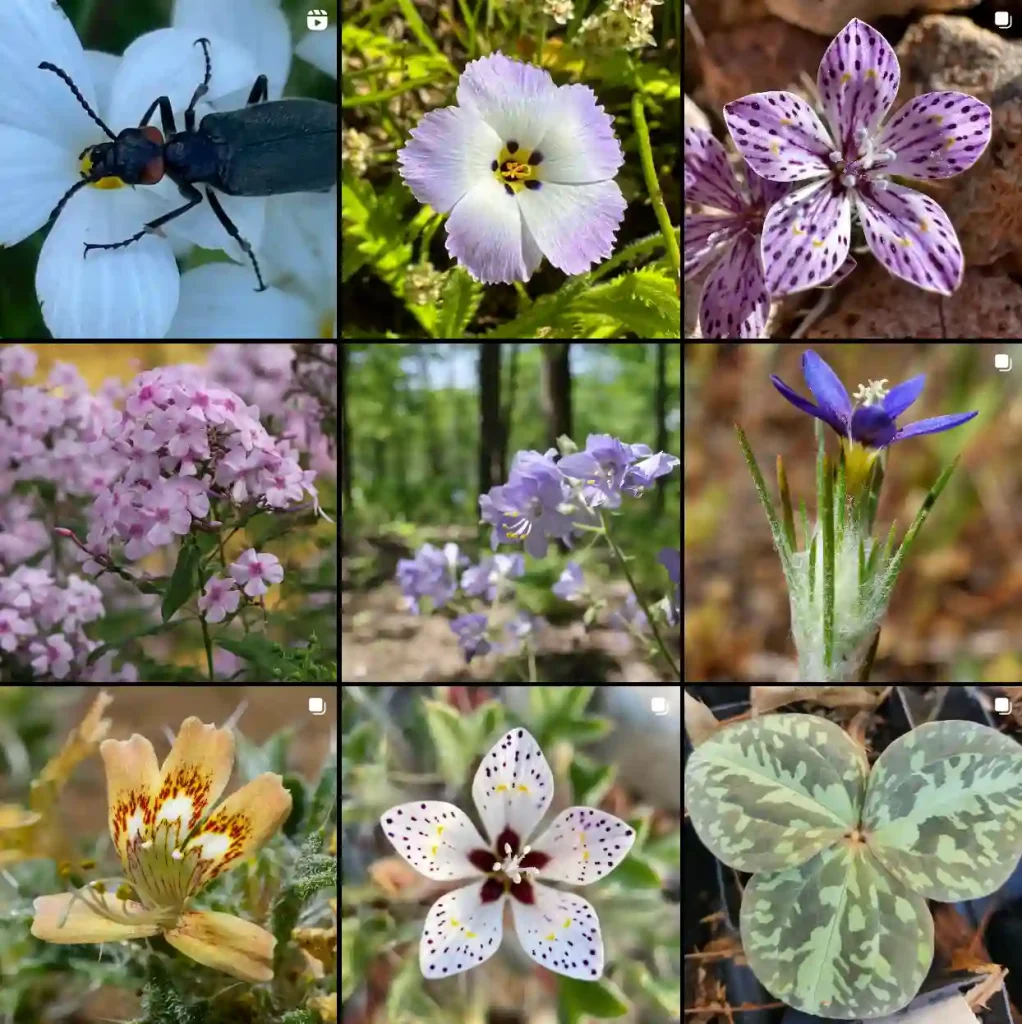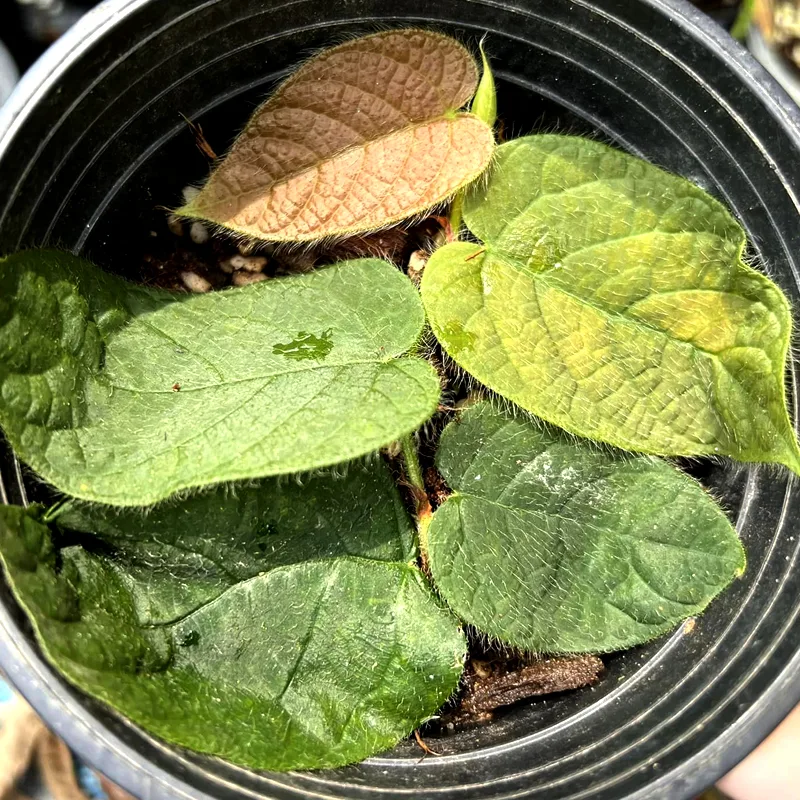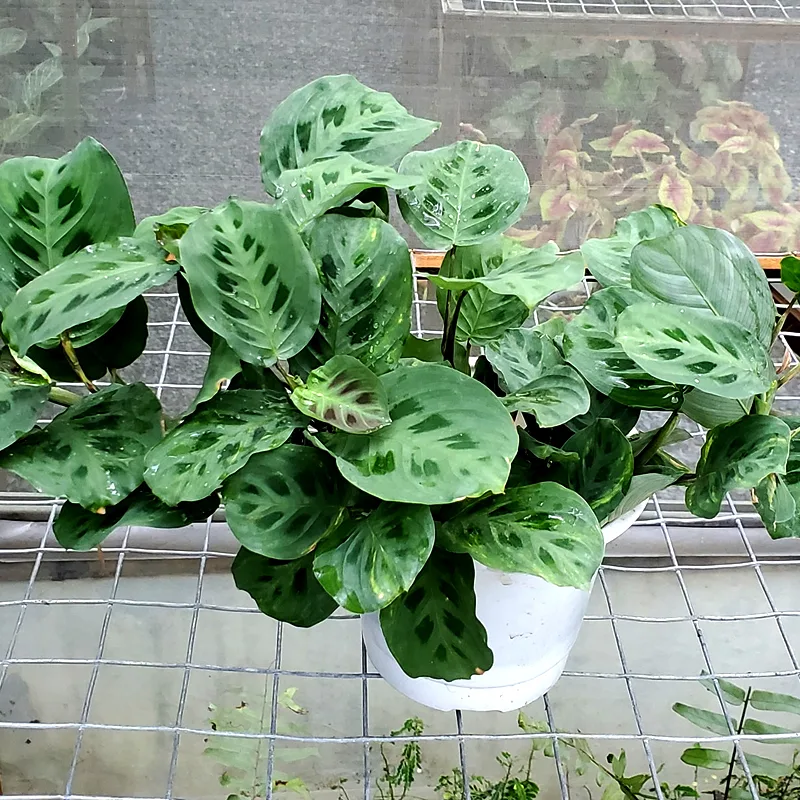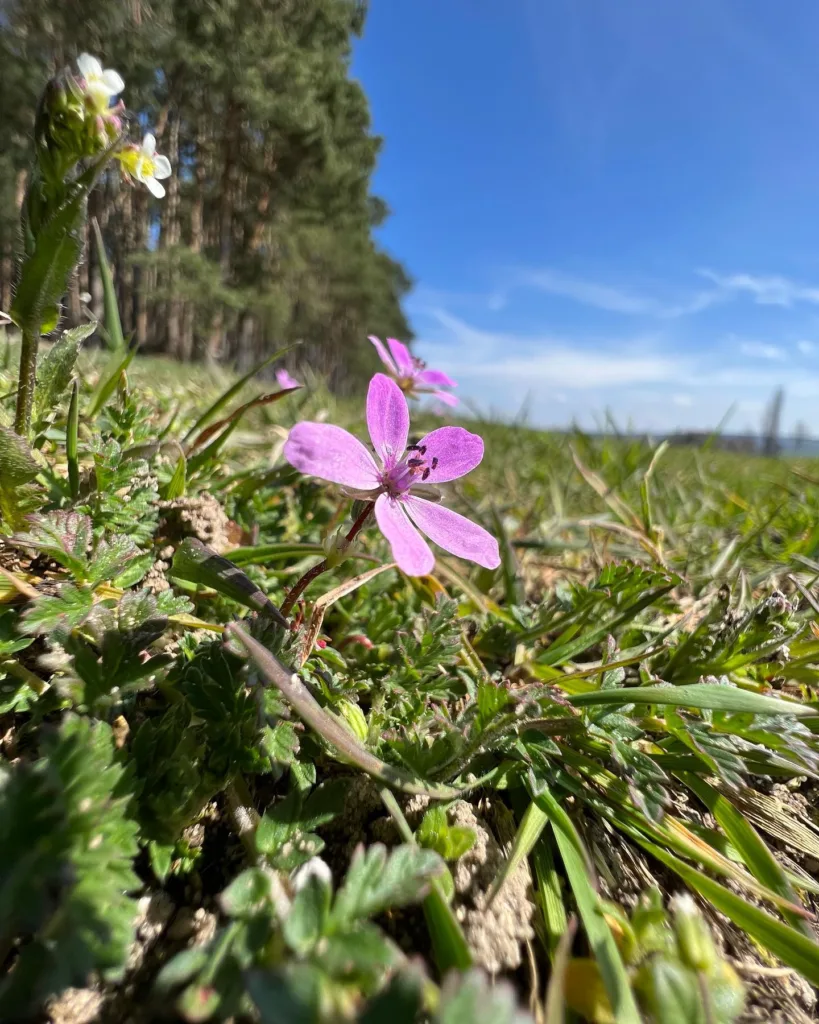Exploring the Gnetaceae Family: A Deep Dive into Gnetum
The plant kingdom is vast, filled with unique families and genera that capture the imagination of botanists and enthusiasts alike. One such family that piqued my interest is the Gnetaceae, particularly its sole genus, Gnetum. In this article, I’ll share my insights and experiences with Gnetum, exploring its characteristics, habitat, and significance.
Understanding Gnetaceae
The Gnetaceae family is a distinctive group of seed plants with a fascinating evolutionary history. Gnetum is the only genus in this family, comprising around 30 species primarily found in tropical regions of Africa, Asia, and South America.
What caught my attention about Gnetum is its unique blend of features that set it apart from other plant families. Gnetum exhibits characteristics of both angiosperms (flowering plants) and gymnosperms (non-flowering seed plants). For instance, while its reproductive structures resemble those of flowering plants, its vascular system shares similarities with gymnosperms. This blend of traits makes Gnetum particularly intriguing and a valuable subject for botanical study.
Discovering Gnetum
Gnetum species exhibit a variety of forms, ranging from climbing vines to small trees. One of my favorites is Gnetum gnemon, commonly known as the “melinjo” or “gnetum.” This species is native to Southeast Asia and is known for its edible seeds and leaves.
I remember my first encounter with melinjo when I visited a local market in Indonesia. The vendor offered crispy melinjo chips, and I couldn’t resist trying them. The slightly bitter yet nutty flavor was a delightful surprise! It’s incredible how Gnetum serves not only as a plant of interest to botanists but also as an integral part of culinary traditions in various cultures.
Species in Gnetum
The genus Gnetum comprises over 40 species, although the exact number is still debated by botanists. Some of the more well-known species include:
- Gnetum acutum Markgr.
- Gnetum africanum Welw.
- Gnetum arboreum Foxw.
- Gnetum bosavicum Markgr.
- Gnetum buchholzianum Engl.
- Gnetum camporum (Markgr.) D.W.Stev. & Zanoni
- Gnetum catasphaericum H.Shao
- Gnetum chinense Y.Yang, Bing Liu & S.Z.Zhang
- Gnetum contractum Markgr.
- Gnetum costatum K.Schum.
- Gnetum cuspidatum Blume
- Gnetum diminutum Markgr.
- Gnetum edule (Willd.) Blume
- Gnetum formosum Markgr.
- Gnetum giganteum H.Shao
- Gnetum globosum Markgr.
- Gnetum gnemon L.
- Gnetum gnemonoides Brongn.
- Gnetum gracilipes C.Y.Cheng
- Gnetum hainanense C.Y.Cheng ex L.K.Fu, Y.F.Yu & M.G.Gilbert
- Gnetum interruptum Biye
- Gnetum klossii Merr. ex Markgr.
- Gnetum latifolium Blume
- Gnetum latispicum Biye
- Gnetum leptostachyum Blume
- Gnetum leyboldii Tul.
- Gnetum loerzingii Markgr.
- Gnetum luofuense C.Y.Cheng
- Gnetum macrostachyum Hook.f.
- Gnetum microcarpum Blume
- Gnetum montanum Markgr.
- Gnetum neglectum Blume
- Gnetum nodiflorum Brongn.
- Gnetum oblongum Markgr.
- Gnetum oxycarpum Ridl.
- Gnetum paniculatum Spruce ex Benth.
- Gnetum parvifolium (Warb.) W.C.Cheng
- Gnetum pendulum C.Y.Cheng
- Gnetum raya Markgr.
- Gnetum ridleyi Gamble ex Markgr.
- Gnetum schwackeanum Taub. ex Schenck
- Gnetum tenuifolium Ridl.
- Gnetum urens (Aubl.) Blume
- Gnetum venosum Spruce ex Benth.
The Habitat of Gnetum
Gnetum thrives in humid, tropical forests where the climate is warm and wet. During my travels, I explored some of these dense forests, and it was fascinating to see Gnetum growing alongside other tropical plants. The way these vines intertwine with trees and shrubs creates a vibrant green tapestry, showcasing the beauty of biodiversity.
In these habitats, Gnetum often grows in shady areas, which contributes to its lush foliage. The broad leaves effectively capture sunlight while creating a microhabitat for various organisms. I’ve often spotted butterflies and small insects resting on the leaves, emphasizing the ecological importance of Gnetum in its native environment.
Reproductive Traits and Significance
One aspect that particularly intrigued me was Gnetum’s reproductive strategy. Gnetum is dioecious, meaning that individual plants are either male or female. This characteristic leads to fascinating interactions between the sexes. I observed a female Gnetum plant with its bright, fleshy seeds, which attracted various birds and animals, aiding in seed dispersal. This interaction highlights the plant’s role in its ecosystem and contributes to the ongoing cycle of life in the forest.
Moreover, the seeds of Gnetum are not only consumed by animals but are also harvested by humans. In addition to culinary uses, certain species have medicinal properties. Some indigenous cultures have traditionally used Gnetum for various ailments, showcasing its importance beyond just being a plant of interest.
Cultivation and Uses
As an avid gardener, I found it intriguing that some species of Gnetum can be cultivated for ornamental purposes. Their lush, green foliage makes them ideal for tropical gardens. I attempted to grow Gnetum gnemon in my garden, and while it required a warm and humid environment, the experience was rewarding. Watching the plant flourish reminded me of the resilience of nature and its ability to adapt.
Beyond ornamental use, Gnetum plays a role in agroforestry. Farmers in some regions cultivate Gnetum alongside other crops, benefiting from its ability to provide shade and improve soil quality. This symbiotic relationship is essential for sustainable farming practices, emphasizing the importance of understanding plant families like Gnetaceae.
Conclusion
In conclusion, the Gnetaceae family, particularly the genus Gnetum, is a fascinating area of study for anyone interested in botany and ecology. From its unique characteristics and diverse habitats to its culinary and medicinal uses, Gnetum represents the interconnectedness of life within tropical ecosystems.
Whether you are a botanist, a gardener, or simply a plant enthusiast, exploring the world of Gnetum offers a wealth of knowledge and appreciation for the plant kingdom. My journey into the Gnetaceae family has deepened my understanding of these remarkable plants and ignited a passion for preserving their habitats and exploring their potential in our lives.
If i die, water my plants!



